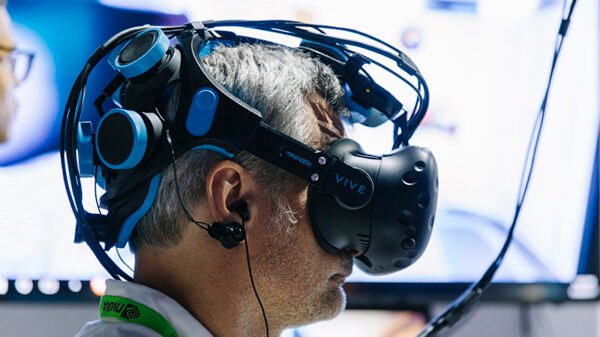In today’s digital age, technology has become an integral part of our lives. From smartphones to laptops, we heavily rely on digital devices for communication, entertainment, and information. While the convenience and efficiency of digital technology are undeniable, it is important to consider the environmental costs associated with its production, use, and disposal.
1. Energy Consumption
Digital technology requires a significant amount of energy to operate. Data centers, which store and process vast amounts of information, consume massive amounts of electricity. Additionally, the production and manufacturing of digital devices require energy-intensive processes. The energy used to power these devices often comes from non-renewable sources, such as coal or natural gas, which contribute to greenhouse gas emissions and climate change.
2. E-Waste
The rapid pace of technological advancement leads to a constant stream of new devices entering the market. As a result, electronic waste, or e-waste, has become a major environmental concern. When digital devices are discarded, they often end up in landfills or are improperly recycled. E-waste contains hazardous substances such as lead, mercury, and cadmium, which can leach into the soil and water, posing a threat to human health and the environment.
3. Extraction of Rare Earth Minerals
The production of digital devices requires the extraction of rare earth minerals, which are essential components of many electronic components. The mining of these minerals often involves destructive practices, including deforestation, habitat destruction, and pollution of water sources. The extraction process also generates a significant amount of waste and releases harmful chemicals into the environment.
4. Carbon Footprint
From the manufacturing process to the transportation of digital devices, each step contributes to their carbon footprint. The emissions associated with the production and use of digital technology contribute to climate change and air pollution. Additionally, the carbon footprint of digital technology extends beyond the devices themselves, encompassing the energy-intensive infrastructure required to support the internet and cloud storage.
5. Planned Obsolescence
Many digital devices are designed with planned obsolescence in mind, meaning they are intentionally made to become outdated or non-functional after a certain period of time. This encourages consumers to constantly upgrade to newer models, resulting in a cycle of excessive consumption and waste. By promoting a throwaway culture, planned obsolescence contributes to the environmental impact of digital technology.
6. Solutions and Mitigation
While the environmental costs of digital technology are significant, there are steps that can be taken to mitigate its impact:
- Increasing energy efficiency in the production and use of digital devices.
- Promoting responsible e-waste management through recycling and proper disposal.
- Encouraging manufacturers to design products with longevity and repairability in mind.
- Supporting the development of renewable energy sources to power digital infrastructure.
- Reducing unnecessary consumption and embracing a culture of sustainability.
As consumers and users of digital technology, we have a responsibility to be aware of the environmental costs associated with its use. By making conscious choices and supporting sustainable practices, we can help minimize the negative impact of digital technology on the environment.
In conclusion, while digital technology has revolutionized many aspects of our lives, it is important to recognize and address its environmental costs. By understanding the energy consumption, e-waste, extraction of rare earth minerals, carbon footprint, and planned obsolescence associated with digital technology, we can work towards a more sustainable future.




































